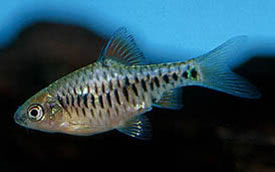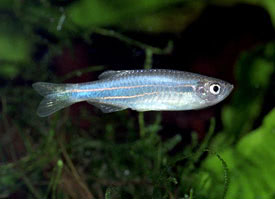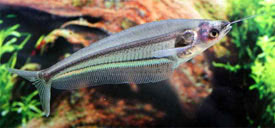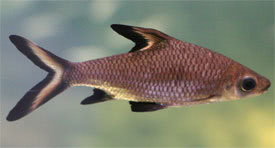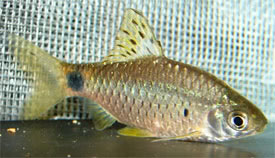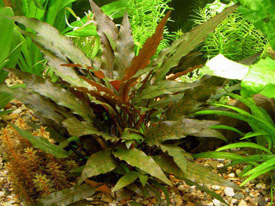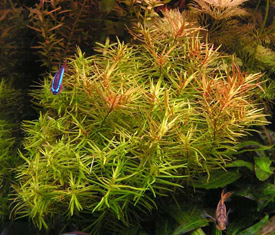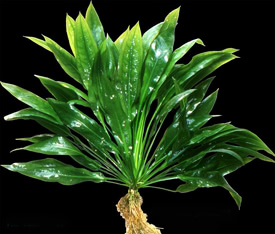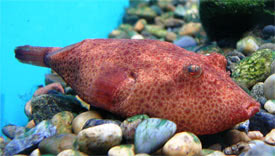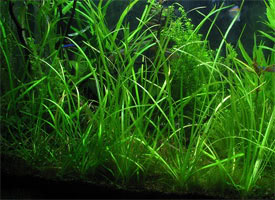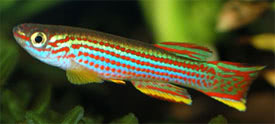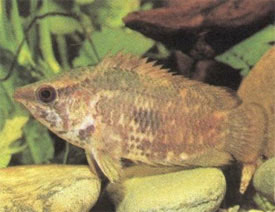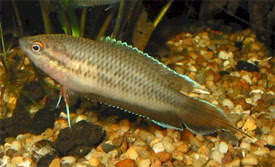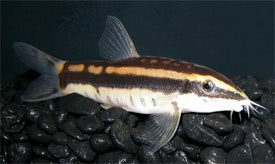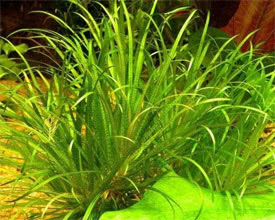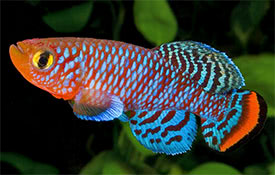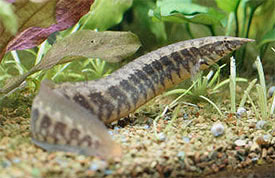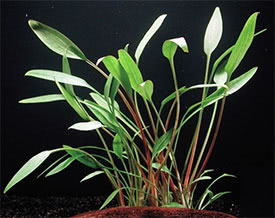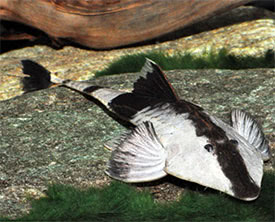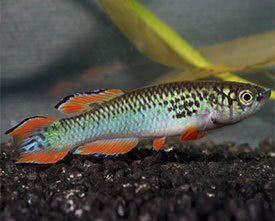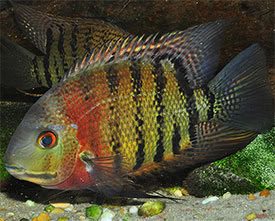
 Magyarul / Hungarian
Magyarul / Hungarian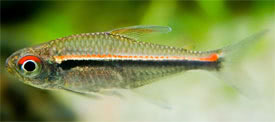


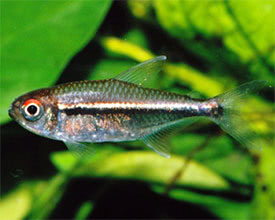
- Scientific name: Hyphessobrycon heterorhabdus
- Synonyms: Tetragonopterus heterorhabdus (Ulrey; 1894)
- Common name: Flag Tetra
- Group: Characins
- Habitat: South America, Colombia, in the lower and middle Amazon basins.
- Size: 3-3.5 cm
- Biotope: Inhabits the small, clearwater streams and rivers that typically shaded by forest cover. These waters have sandy substrate with leaf litter and submerged tree roots.
- Social behavior: A very peaceful, schooling fish, that can be kept in a community aquarium. Always keep them in a small group of 8-10 species, as they are more natural-looking in this way.
- Diet: Omnivorous; in the nature they feed on invertebrates, insect larvae, and small amounts of plant material, while in the aquarium they will readily accept all kinds of live and frozen foods or good quality dried foods.
- Breeding: Hard.
- Tank: Minimum 60 litres
- Population: 6-8 fish for 60 litres
- Decoration: They can be kept in a densely planted tank, or in a biotop aquarium with sandy substrate and some roots or driftwoods. Also add some dried leaf litter to privide more natural feel.
- Temperature: 20-28 °C
- pH: 5.5-7.5
- Hardness: 5-15 NK°
- Lifespan: 2-3 years
Description: Hyphessobrycon heterorhabdus was first introduced to Europe in 1910. The back is light brown, while the belly area is silvery. Three bands extend from the gill cover through the base of the tail: a reddish-orange, a golden, and a black. The iris is orange to red. The fins are colorless.
There are not color pattern difference between the sexes, but males are a little smaller and slimmer than females. Hyphessobrycon heterorhabdus is an egg-scattering free spawner species exhibiting no parental care. The healthy fish often bred, even in the community tank, and in a densely planted aquarium even small numbers of fry may start to appear, but if we want to maximise yield a separate tank should be used. A small aquarium is enough, fill it with a very soft (2-4 dH), and slightly acidic, preferably peat filtered (6.5-6.8 pH) water. The tank sould be protected from the bright lights, as eggs and the fry are sensitive to light, so the sides can be covered with newspaper. The base of the tank should be covered with some kind of mesh of a large enough grade so that the eggs can fall through, or place a few clumps of fine leaved aquatic plants (Java moss) to the bottom that can protect the eggs from the parents. Heat the water of the 10-20 litres tank to 26-27 °C, and then introduce the adult fish in the evening into the container. The fish will usually spawn in the next morning, where the female lay its tiny pale yellow eggs. Spawning normally occurs for 2-3 hours, and the number of the eggs can vary between 200 and 300. After spawning the aduls fish sould be removed from the tank. The eggs hatch in 24-36 hours and the larvae become free-swimming after another 4 days. The fry develop quickly by the help of tiny live foods, and in 3 months of age they reach 2-2.5 cm in length.






















